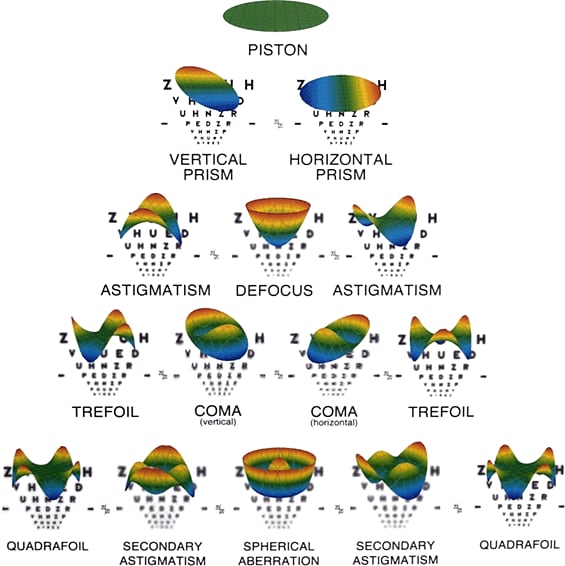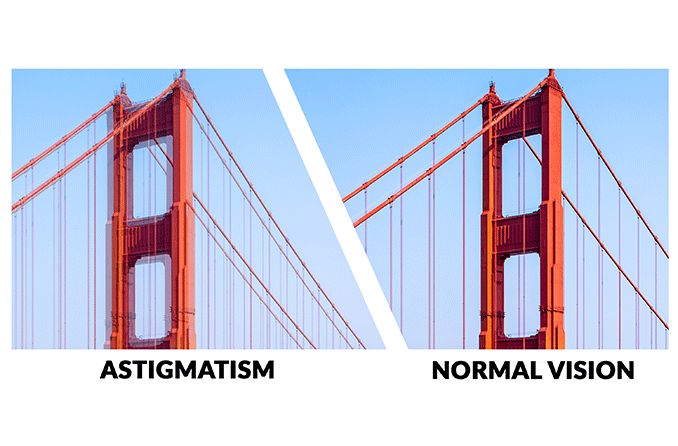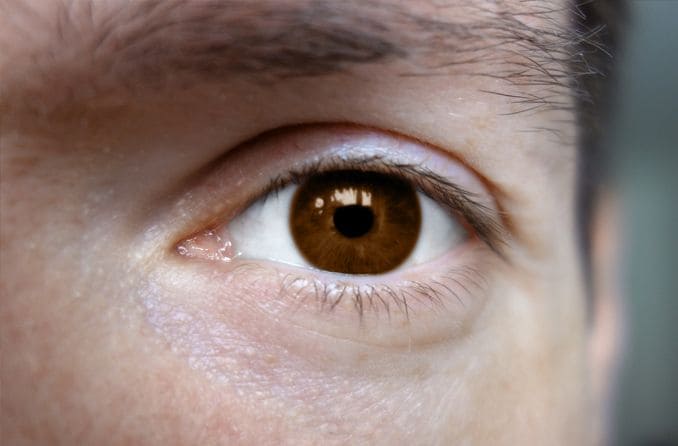What is anisometropia?
Anisometropia (an-EYE-so-meh-TROW-pea-uh) is a vision condition in which one eye has more refractive error than the other. For example, one eye would be more nearsighted (myopic) than the other. So, that eye needs a significantly stronger lens correction than the other to see clearly.
The word anisometropia comes from the following Greek and Latin word roots:
anis- (“unequal”)
metron (“measure”)
-opia (“ eye ”)
Generally, anisometropia is considered present when there’s at least one diopter (D) of difference in refractive error between the two eyes. (The amount of nearsightedness or farsightedness and the amount of any astigmatism is considered.)
Prevalence of anisometropia
Anisometropia typically develops in childhood. One large vision screening of preschoolers in the United States found that 0.6% to 0.7% of children (age 7 or under) had anisometropia of 1.0 D or more.
However, a large Australian study of preschoolers (ages 6 months to 6 years) found a childhood anisometropia prevalence of 2.7%.
Uncorrected anisometropia can lead to permanent amblyopia (lazy eye). It has also been associated with an increased risk of strabismus.
Anisometropia after cataract surgery
Though anisometropia typically develops in childhood, certain events can cause it to occur in adults.
For example, having a cataract removed from one eye. This can eliminate the refractive error in that eye, resulting in anisometropia after cataract surgery.
Other causes of anisometropia occurring in adults include:
Injuries to the cornea of the eye
Other eye diseases or injuries
Antimetropia
Antimetropia (an-TIH-meh-TROW-pea-uh) is a relatively rare type of anisometropia. In antimetropia, one eye is nearsighted and the other eye is farsighted.
Antimetropia poses significant risk of amblyopia and strabismus. It is treated the same as other forms of anisometropia.
READ MORE: Can you be nearsighted in one eye and farsighted in the other?
Anisometropia symptoms
Common symptoms of anisometropia include:
Blurred vision
Diplopia (double vision)
Photophobia (sensitivity to light)
Nausea
Fatigue
Disorientation
Treatment of anisometropia
Eyeglasses often aren’t the best treatment for anisometropia. Eyeglass lenses produce clear images on the retina of each eye — but the image size depends on the power of the lenses.
Unequal retinal image sizes — a condition called aniseikonia (an-ih-si-KOH-nee-uh) — causes many of the same symptoms as uncorrected anisometropia.
By comparison, contact lenses and LASIK surgery produce clear retinal images with little or no discernable aniseikonia. This makes contacts and vision correction surgery the preferred treatment options for anisometropia.
For anisometropia after cataract surgery, your eye doctor might recommend a procedure called refractive lens exchange on the other eye.
If amblyopia remains after correction of anisometropia, eye patching and vision therapy might also be suggested.
The first step: Schedule an eye exam
To rule out or correct anisometropia, see an optometrist or ophthalmologist. Your eye doctor will recommend the best treatment options for clear, comfortable vision.










